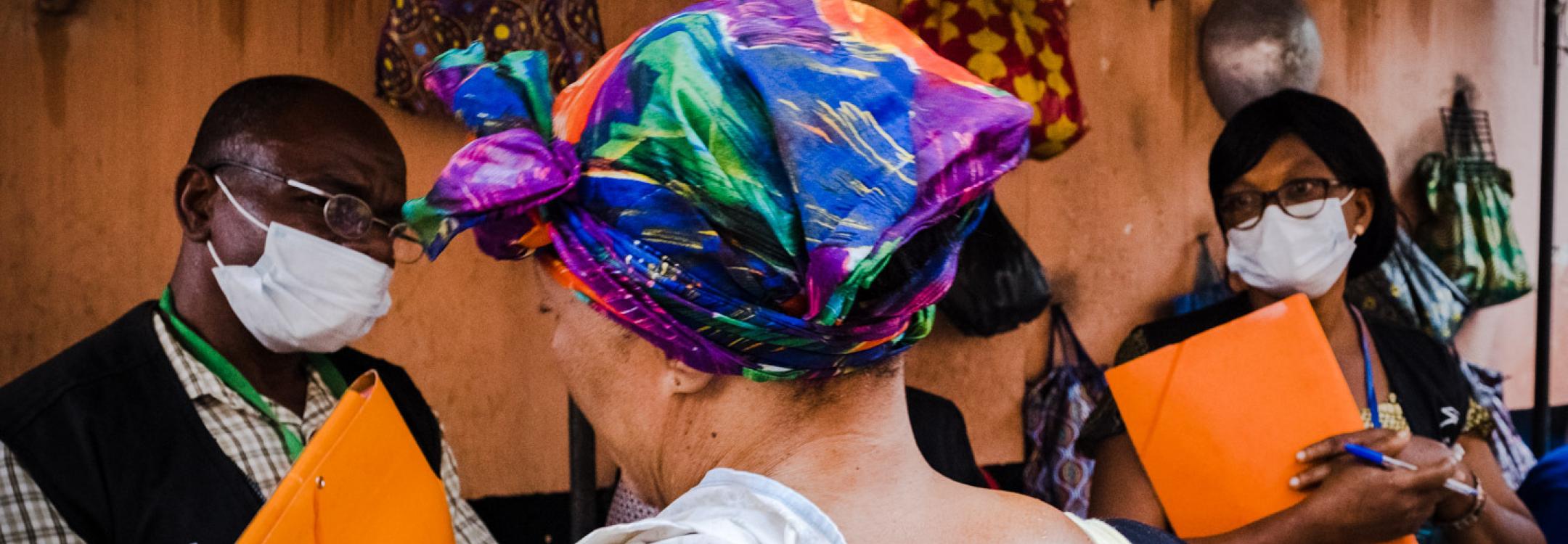Why is it important to have a follow-up strategy for NPM recommendations?
Recommendations are one of the most important tools that NPMs have to effect change but recommendations alone often aren’t enough to make the desired change happen, in particular because the recommendations made by NPMs are not binding on the authorities. This is why recommendations need to be part of an overall monitoring cycle that includes: planning, information gathering and analysis (usually through visits), reporting and recommendations, and follow-up, including through dialogue with the authorities.
This is also closely linked to the need for NPMs to think strategically about the changes that they wish to see and the different strategies and actions that they can take to make sure these changes occur.
Follow-up also helps NPMs to measure progress over time, both within specific institutions and in related laws, policies, and practices. If recommendations are well drafted their implementation is also more easily measured and indicators developed to track progress, allowing NPMs to more easily see if the requested changes have occurred.
Keeping track of recommendations is also important for the planning process of NPMs. Analysis of which recommendations were implemented and the strategies that were used can help NPMs to identify future priorities, as well as the approaches that led to the most success.
